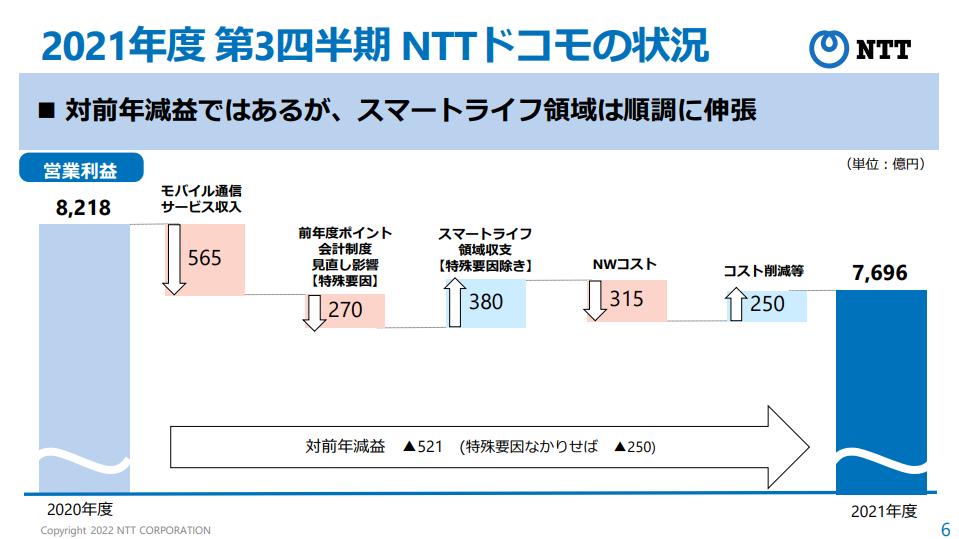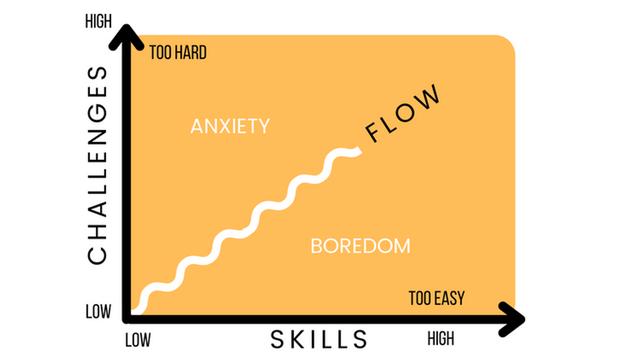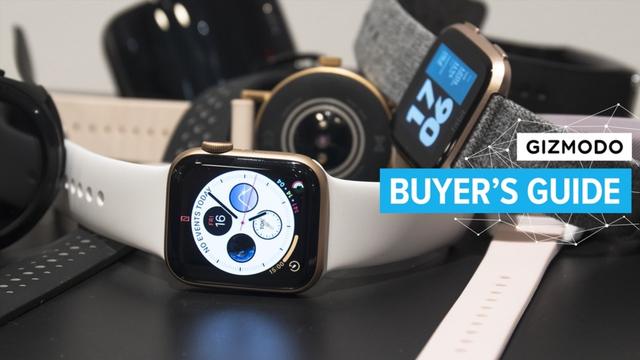25 years ago, chase the identity of the phantom Mac "FM-A71" distributed only in a certain village in Japan! | My Navi News My Navi News My Navi
Near Yamada Village (at that time). Pinned by Yamada Post Office
In 1995, at the request of a junior high school teacher, a village-wide effort to use the Internet began with the support of NTT. In the winter of that year, as a subsidized project for depopulation countermeasures promoted by the National Land Agency (at that time), a personal computer and an Internet connection (ISDN) were installed in all desired homes. Cyber village” suddenly became a focus of attention.
Currently, due to the integration of municipalities in 2005, it was merged with Toyama City, and it is a district located on the southwest side of Toyama City.
The identity of the mysterious Mac has been revealed!
Even if there is no article on the Internet, there may still be documents from that time, and if possible, the main body of the book still exists. So, when I contacted Toyama City, Toyama Prefecture, which had merged with Yamada Village, I was very grateful that they conducted an investigation very quickly.
According to Mr. Kobayashi of Toyama City's Planning and Management Department, Information and Statistics Division, it was the "Power Macintosh 7100/80AV" that was deployed at this time. This is the first generation of the Power Macintosh series with a PowerPC 601-80MHz CPU, released in 1995, and is a desktop model with expandability (NuBus slots x3). As the "AV" model number indicates, it also features S-video and composite video input terminals.
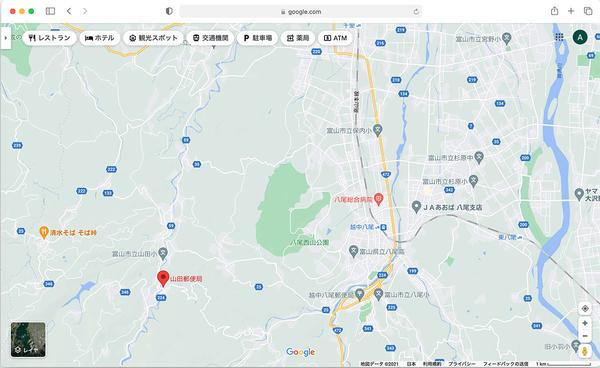
Perhaps the presence of this video input is why the Power Macintosh 7100 was chosen. That's because the camera in the kit for the video conferencing system "QuickTime Conferencing" that Apple was offering at the time (and was probably a specification requirement) had a video terminal connection. In Yamada Village, QuickTime Conferencing was used to make video calls (albeit only between Macs), and it seems to have been used in homes and welfare facilities.
By the way, QuickTime Conferencing is video conferencing software developed as a derivative of Apple's video technology "QuickTime", and was sold as an optional expansion kit at the time (with a dedicated camera). Even though it is a video conference, it is not a proprietary route like the current Zoom or Skype, but it supports the international standard ITU H.320, and it was possible to connect to platforms other than Mac (MovieTalk was able to connect between Macs). (You can also use your own protocol.) For a long time, I've been trying to create a function like "FaceTime", which is now available on iOS.
At that time, there was no high-speed USB like now, and speaking of a video camera that can be easily used on a personal computer, the only video camera that can be used casually on a personal computer is Connectix's "QuickCam" (later acquired by Logitech and changed to the "QCAM" brand) with a serial port connection. And the image was in grayscale. At a time when it was not yet practical to capture and edit video on a personal computer, Yamada Village seemed to be promoting a rather advanced initiative to prepare more than 200 color videophone systems.
Why "FM"...?
The information and statistics section of Toyama City quickly found out old information, but since it is an old story and the merger of municipalities was also included, most of the information at the time of Yamada Village was not available. It is said that the details of how the name "FM-A71" was decided, which is the biggest mystery, are unknown, as there are no people left at the city hall who know the time.
At this point, however, you can expect a rough naming pattern. It can be guessed that the "M" in "FM" is Mac, and the "71" in "A71" is from "7100". It is highly likely that the "A" was also taken from "AV". The mystery of "F" remains, but the conclusion is that "Power Macintosh 7100/80 AV set of Yamadamura specification, QuickTime Conferencing included specification" was given the name "FM-A71" . Speaking of FM, we associate Fujitsu's FM series, but it seems that Fujitsu had nothing to do with this case.
In Yamada Village, it seems that they continued to exchange (rent) computers free of charge to those who wanted them, so there is probably no "FM-A71" that was lent out at the beginning. right. Speaking of "treasure", it's a treasure of a maniac, but in terms of hardware, it is the Power Macintosh 7100 itself, and it is presumed that there was probably no special name badge, so former Yamadamura said, "This is a personal computer at that time. !” is not displayed, it is difficult to identify. It seems that it was truly a "phantom Mac".
By the way, Yamada Village continues to actively promote the spread of personal computers and the Internet, and is attracting attention as a "cyber village" with the highest proportion of households with personal computers and Internet connections in Japan. In 2004, FTTH, which connects all houses with optical fiber, was realized, but in 2005, it was absorbed by Toyama City due to the merger of municipalities, and the village's own budget could not be obtained, so PCs could not be renewed. It seems to have resolved naturally. However, it is said that a researcher in the field of information engineering has been born from Yamadamura, who experienced "cyber village" as an elementary and junior high school student. In the future, I would like to conclude this article by imagining that the first personal computer of Japan's leading information engineering engineer was a phantom Mac.
After the article was published, we received some comments, but the Power Macintosh 7100/80AV has a memory capacity of 16 "MB" (maximum 136 "MB"). Not GB. We apologize and will correct it. And regarding the mysterious model number "FM", Mr. Hayashi, who was the source of the information, pointed out that it was an abbreviation for FaceMate. When I looked into it, it seems that it was planned and sold as part of the video conference system "FaceMate" series released by NTT. The FaceMate series was a series that included various products, from products that only use CODEC to those that use such PCs, but NTT and Apple decided to jointly sell video conferencing systems, and at that time Power Macintosh 7100 + QuickTime Conferencing It seems that the name was derived from the fact that the kit set was named "FM-A71".

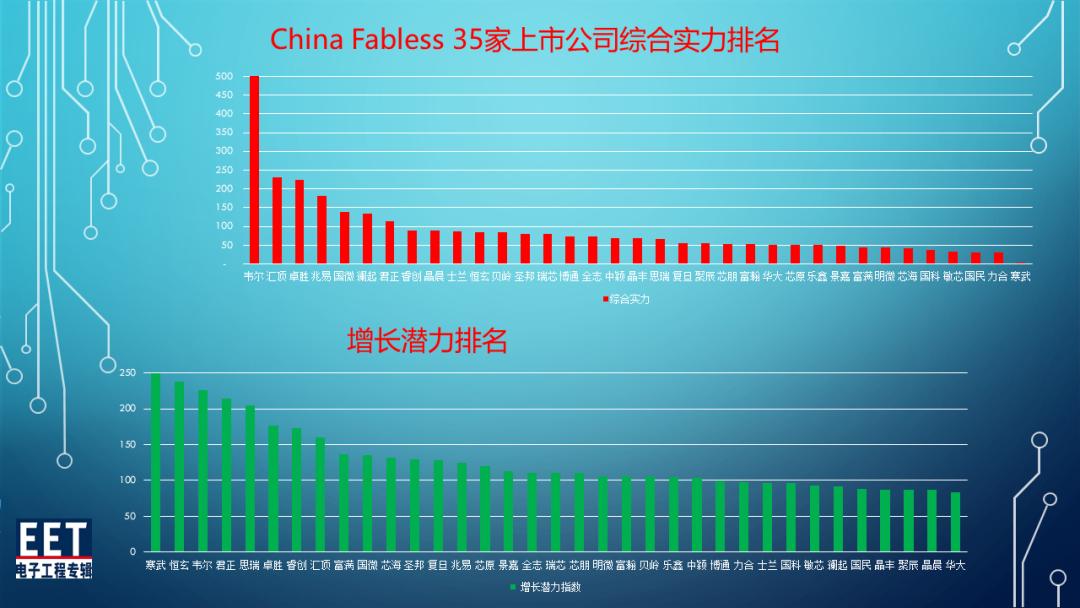
![[Excel] How to paste images such as photos and diagrams [Excel] How to paste images such as photos and diagrams](https://website-google-hk.oss-cn-hongkong.aliyuncs.com/drawing/article_results_9/2022/3/9/72539ecbf7413c05e4465b39ca06e8e0_0.jpeg)


